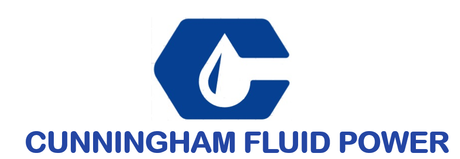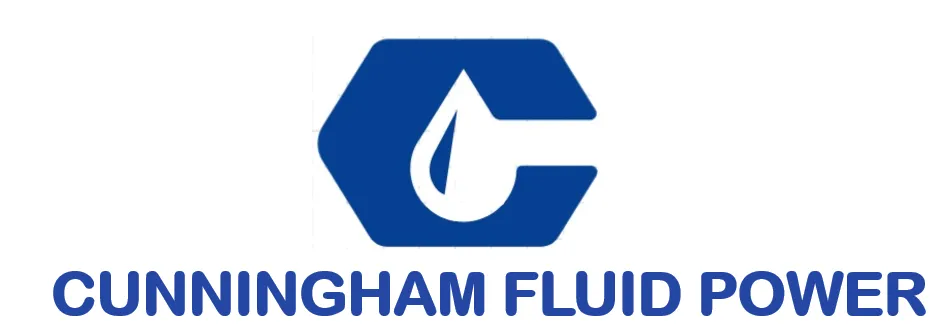Understanding the Importance of Welding Techniques in Sheet Metal Fabrication
Welding Sheet Metal is a crucial aspect of manufacturing that significantly impacts the quality and durability of fabricated products. In the realm of sheet metal fabrication, various welding techniques are employed to achieve strong and precise joins, which are essential for aesthetic appeal and structural integrity. Understanding these techniques not only enhances the skill set of fabricators but also improves operational efficiency and product reliability. This guide will delve into the different methods of welding sheet metal, exploring their unique characteristics, advantages, and specific applications. By familiarizing ourselves with the importance of proper welding techniques, fabricators can elevate their craftsmanship and ensure that their projects meet both industry standards and client expectations. Emphasizing the significance of these techniques will empower professionals in the field to make informed decisions that lead to superior results in sheet metal fabrication.
The Role of Welding Techniques in Enhancing Sheet Metal Durability
Welding techniques play a crucial role in enhancing the durability of sheet metal products. According to the American Welding Society (AWS), approximately 50% of all manufacturing processes in metal fabrication involve welding. This highlights the necessity for effective welding strategies to ensure long-lasting and resilient metal structures. Factors such as joint design, material type, and welding parameters significantly influence the strength of welds. For instance, a study from the International Journal of Advanced Manufacturing Technology noted that proper heat management during welding can increase the tensile strength of sheet metal by as much as 30%.
Tips: When working with sheet metal, select the appropriate welding technique for the material thickness and type. Techniques such as MIG (Metal Inert Gas) welding are preferred for thinner materials due to their high speed and ease of use. Additionally, conducting pre-weld inspections can help identify potential defects, leading to greater final product integrity.
Furthermore, integrating advanced welding technologies, like laser welding, has been shown to improve precision while minimizing heat-affected zones. A report from the Welding Research Council found that laser welding can provide higher joint quality and enhanced fatigue resistance, essential for industries like automotive and aerospace, where durability is paramount. Optimizing these techniques can lead to improved performance and reduced maintenance costs over the lifecycle of metal constructions.
Key Factors Influencing the Choice of Welding Methods for Sheet Metal
When it comes to sheet metal fabrication, selecting the appropriate welding method is crucial for achieving efficient and high-quality results. Key factors influencing this choice include material type, thickness, production volume, and specific application requirements. According to a recent industry report from the American Welding Society, around 50% of fabrication failures can be attributed to inappropriate welding techniques, underscoring the significance of making informed decisions.
Tips for Choosing the Right Welding Method: Always assess the sheet metal's characteristics—different materials like aluminum, stainless steel, and carbon steel require tailored approaches. Additionally, consider the workload; for high-volume production, methods such as MIG and TIG welding are preferred due to their speed and precision. Conversely, lower volume projects may benefit from spot or resistance welding, which can provide adequate results without extensive equipment investment.
Another crucial factor is the desired finish quality. A study published in the Journal of Manufacturing Processes found that over 70% of industry professionals prioritize aesthetic finishes in their welding processes. This necessitates a careful selection of welding methods to minimize spatter and distortion. By keeping these considerations in mind, fabricators can enhance both the efficiency of their operations and the quality of their final products.
Understanding the Importance of Welding Techniques in Sheet Metal Fabrication - Key Factors Influencing the Choice of Welding Methods for Sheet Metal
| Welding Technique | Description | Material Compatibility | Common Applications | Cost-Effectiveness |
|---|---|---|---|---|
| MIG Welding | A wire is fed through a welding gun while a shielding gas protects the weld. | Steel, Aluminum, Stainless Steel | Automotive, Construction, Manufacturing | Moderate |
| TIG Welding | Uses a non-consumable tungsten electrode to produce the weld. | Steel, Aluminum, Copper | Aerospace, Artistic Metalwork, Thin Materials | High |
| Stick Welding | Involves using a consumable electrode coated in flux. | Steel, Cast Iron, Some Alloys | Construction, Repair, Maintenance | Low |
| Spot Welding | Joins metal sheets by applying pressure and heat to specific points. | Thin Sheets of Steel or Aluminum | Automotive, Electronics, HVAC | High |
| Laser Welding | Uses a laser beam to melt and fuse materials together. | Various Metals, including Steel and Aluminum | Aerospace, Medical Devices, Precision Components | Very High |
Common Welding Techniques Used in Sheet Metal Fabrication
Welding techniques play a crucial role in the fabrication of sheet metal, as they determine the strength, durability, and overall quality of the finished products. Among the most common welding techniques employed in sheet metal fabrication are MIG (Metal Inert Gas) welding, TIG (Tungsten Inert Gas) welding, and spot welding. MIG welding is favored for its speed and versatility, making it ideal for producing lightweight components in a wide range of industries. TIG welding, known for its precision, is often utilized when finer finishes and high-strength welds are required, such as in the aerospace sector. Spot welding remains a staple for joining thin sheets efficiently, particularly in automotive manufacturing.
When considering welding for sheet metal projects, it is essential to understand the properties of the materials being welded. According to industry reports, approximately 40% of all metal fabrication processes involve some form of welding. To achieve optimal results, it's advisable to select techniques based on metal thickness and alloy type.
Tips: Ensure proper joint preparation and alignment before welding to minimize defects. Always consider the heat input and travel speed, as these factors significantly affect weld quality. Utilizing the appropriate filler material is also crucial for enhancing joint integrity.
Tips for Achieving Precision in Sheet Metal Welding
Achieving precision in sheet metal welding requires a blend of proper techniques and an understanding of the materials involved. Firstly, selecting the right welding process is crucial. For instance, MIG (Metal Inert Gas) welding offers excellent control, making it ideal for thin sheets. Additionally, using the appropriate filler material ensures that the weld pool remains consistent and adheres well to the base metal, helping to maintain the structural integrity of the workpiece.
Moreover, maintaining optimal settings on the welding machine is essential. Adjusting parameters such as voltage and wire feed speed can significantly influence the weld quality. Adequate pre-welding preparation, including cleaning the metal surfaces and ensuring proper alignment, can also enhance the precision of the welds.
Finally, practicing technique, such as maintaining a steady travel speed and proper angle, allows welders to create uniform seams that minimize distortion and ensure a strong bond, ultimately leading to superior results in sheet metal fabrication.
Troubleshooting Common Welding Issues in Sheet Metal Projects
When working with sheet metal projects, understanding common welding issues is crucial for achieving a high-quality finish. Problems such as burn-through, distortion, and improper penetration can frequently arise, particularly when welding dissimilar metals, like aluminum and stainless steel. Techniques to troubleshoot these issues include adjusting feed speed, using the right filler material, and maintaining consistent heat levels.
Tips: Always perform a test weld before starting your main project to identify any potential issues. Keep your workspace clean and organized to prevent contamination, which can affect the integrity of the weld. It's also beneficial to invest in proper equipment, like a reliable metal brake, to ensure accurate bends and joints.
As more industries look towards enhancing manufacturing and clean energy initiatives, the demand for skilled welders continues to rise. Addressing the skills gap in welding is essential, as innovative solutions, such as AI augmentations in fabrication processes, become more integrated in the workflow. Fostering education and hands-on training can help mitigate common issues experienced in the field, leading to better overall project outcomes.
Welding Techniques in Sheet Metal Fabrication

We have over 30 years of experience in designing complete hydraulic systems, repairs and distribution of fluid power equipment and parts.
FOLLOW US ON :
Contact Details
Address:
4020 SE 45th CT.
Ocala, FL 34480
Phone No:
Email:
sales@cunninghamfluidpower.com

